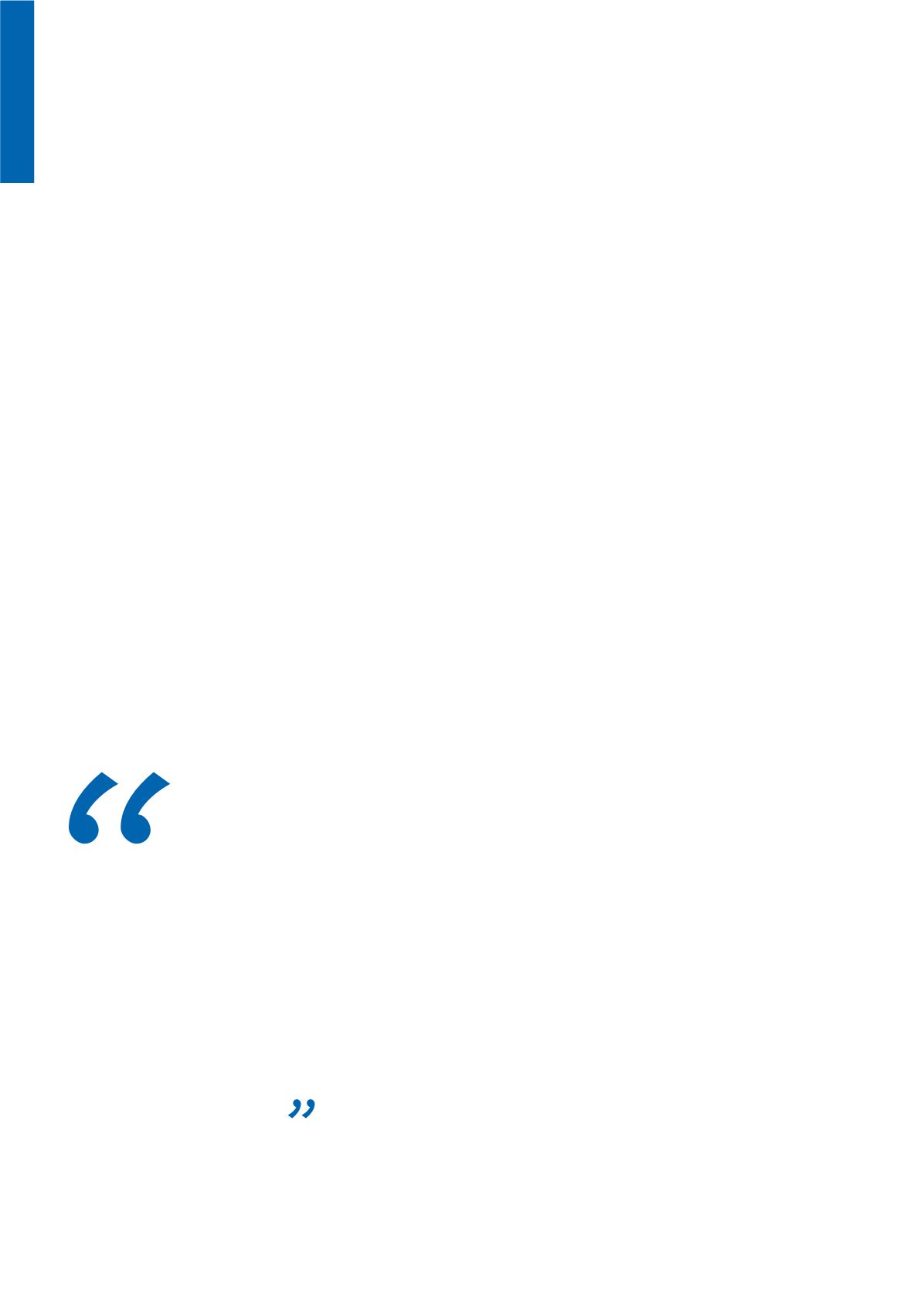
Knowledge
in our lives
Glass has always been part of our lives.
The first remains of glass, decorative luxury
objects produced only for royal courts, date
back to the 16th- century BC.
The first vessels, found in Egypt, date back
to the reign of Tutmosis III (1504-1450 BC).
The glass production technique gradua-
lly evolved and in the 1st-century BC, the
glass blowing technique was developed in
the Phoenician coasts. During the Roman
epoch, this technique spread to Germany.
The first multi-coloured vessels combining
glass with other noble materials such as
gold, date back to the 1st-centry AC. The-
se were artistic pieces, decorated sump-
tuously with glass fibres of different colours,
carved and with bas-relief decorations.
Nowadays, glass is one of the main mate-
rials used for manufacturing containers for
beverages, food, and even medicines. It is
also an essential element used in construc-
tions and in the automobile industry.
Glass is an inert substance and, despite
being a hard, fragile, transparent and amor-
phous inorganic material, it becomes fluid
when in a sub-cooled state.
Glass is obtained at a temperature of
1500ºC by fusing silica sand, sodium car-
bonate and limestone which becomes cold
and solidifies without crystallisation.
With the energy
saved by recycling one
bottle, we could keep a
100 Watt light bulb turned
one for 4 hours and with
the recycling of four bottles
we could have the
refrigerator turned on for
an entire day
Glass


